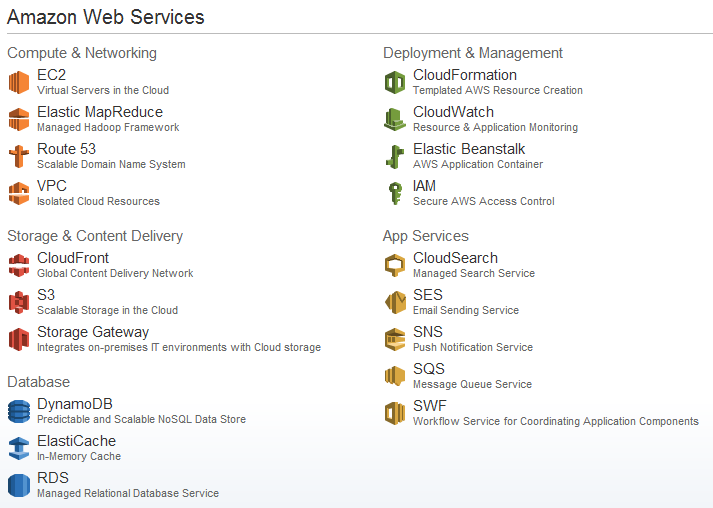Hi All
I have tested lately the optional to use AWS(amazon web service) RDS (relational database).
AWS RDS offer to use MySQL,Oracle and SQL Server on the cloud. like the SQL Azure, the service is not full supported all manageable issues we as a DBA’s can do on the Databases on premise. but since AWS RDS for SQL Server offer SQL Server as almost full versions. start with Express to enterprise edition. and from SQL Server 2008 to SQL Server 2012.
need to go to main portal. Click on RDS

then some clicks….. (the full process will be soon on line in my blog)
then click on the version you want….

in the next few posts I will send some screen shots and explanations about what we have and what we do not have in AWS RDS…
have a nice day
Comments
Post a Comment